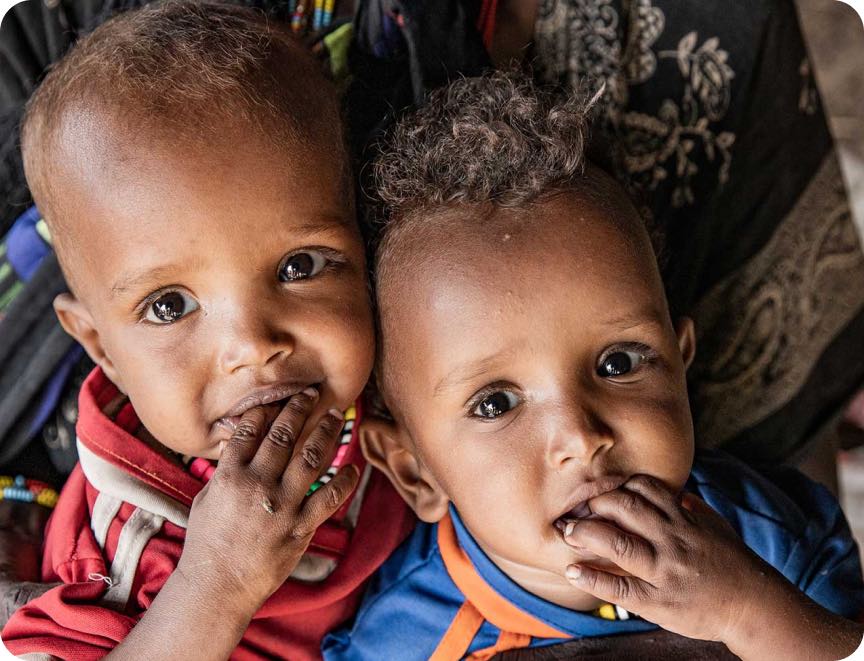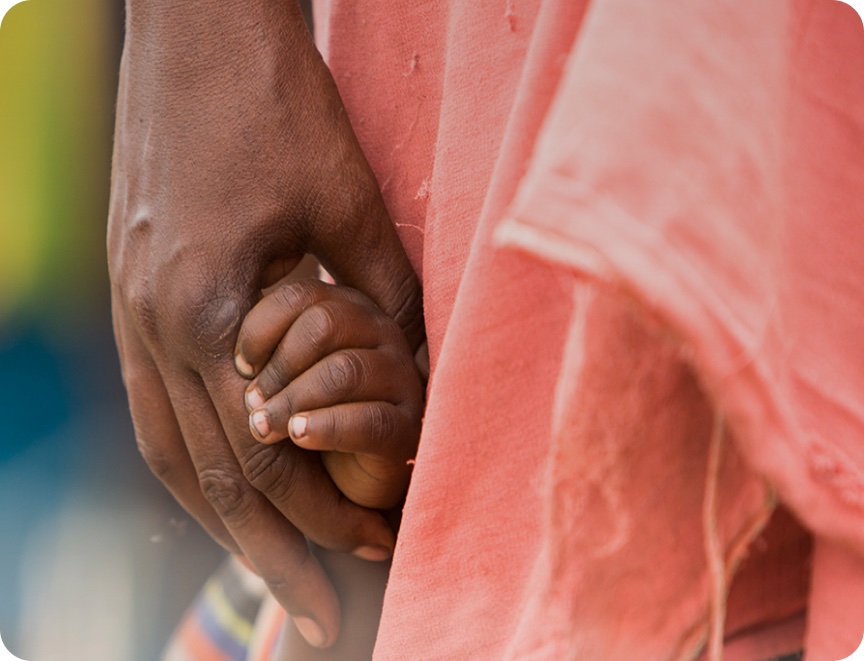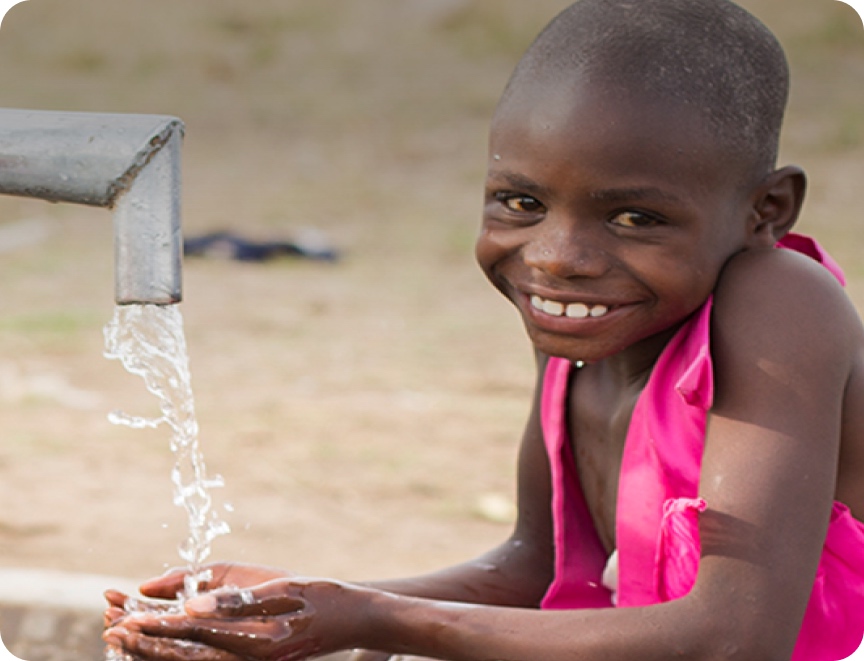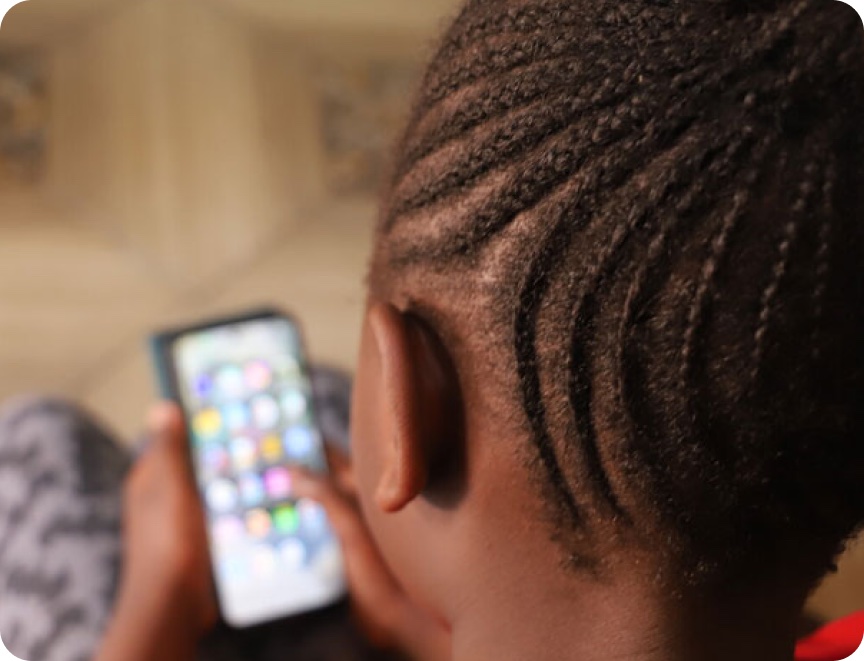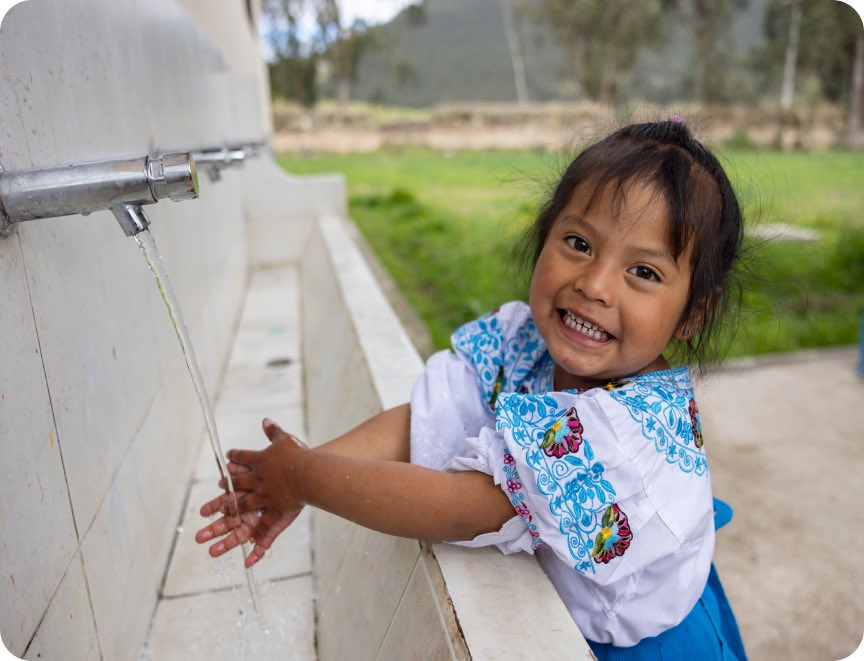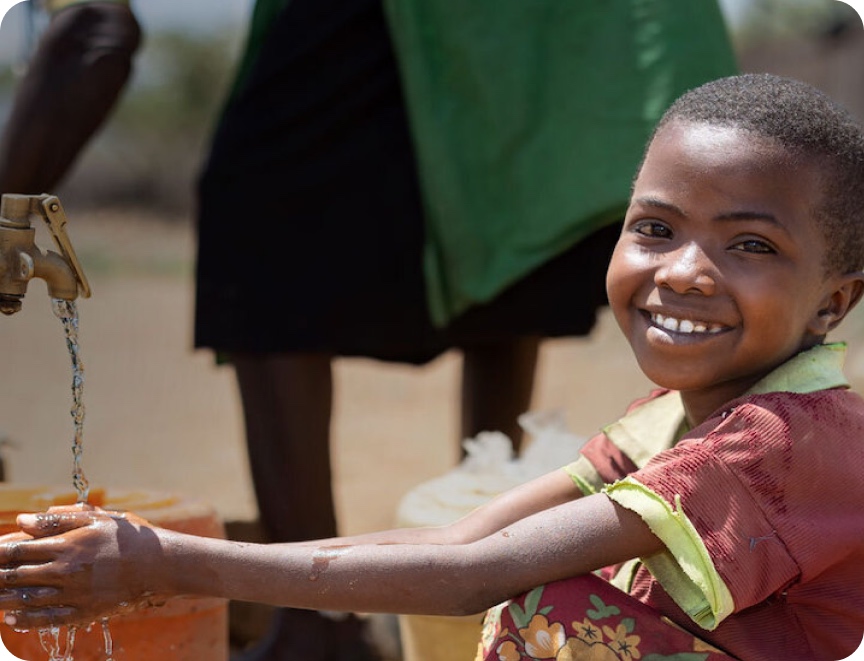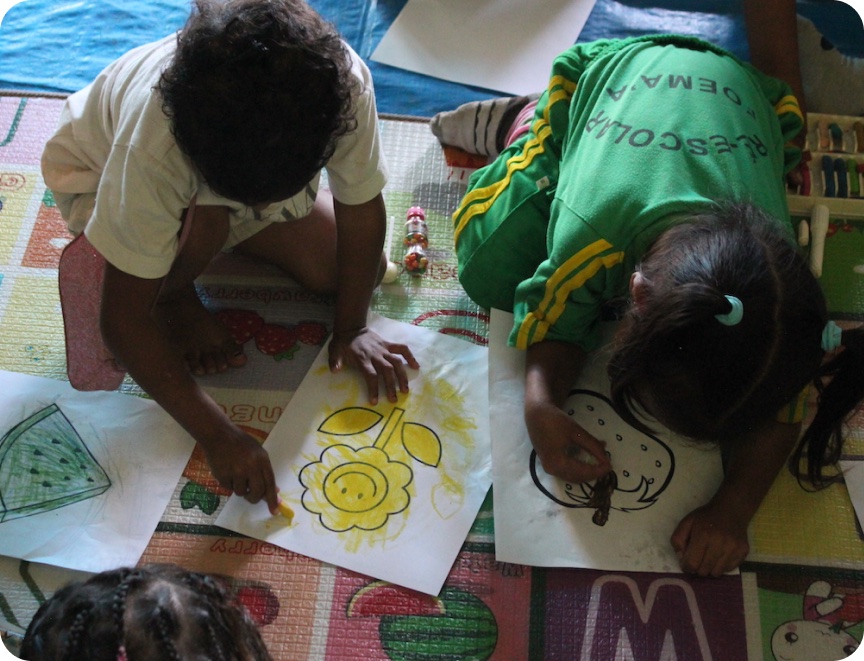What is the difference between an infectious and non-infectious disease?
Infectious and non-infectious diseases are very different. An infectious disease can be transmitted from one person to another, while a non-infectious disease cannot be spread through person-to-person contact.
To help you better understand the difference between infectious and non-infectious diseases, we’ve defined and compared the two below.
What is an infectious disease?
Infectious diseases are caused by pathogenic micro-organisms such as bacteria, viruses, fungi or parasites. These micro-organisms are contagious, meaning they can be transmitted from one person to another.
Examples of infectious diseases include the common cold, COVID-19, SARS and tuberculosis. Find out more about 7 Common Infectious Diseases here.
What is a non-infectious disease?
Non-infectious diseases are not caused by pathogens and therefore cannot be spread from one person to another. Instead, non-infectious diseases are caused by factors such as genetics, malnutrition, environment and lifestyle.
Some examples of non-infectious diseases include cardiovascular diseases (such as heart attacks and stroke), cancers, chronic respiratory diseases (such as chronic obstructive pulmonary disease and asthma), and diabetes. Other examples include Parkinson’s disease, autoimmune diseases, strokes, heart diseases, chronic kidney disease, osteoarthritis, osteoporosis, Alzheimer’s disease, and cataracts.
What are the main differences between an infectious and non-infectious disease?
1. Infectious diseases are communicable, non-infectious diseases are not
Infectious diseases are contagious, meaning that a person can contract the illness if they are exposed to carriers of the disease.
As we have witnessed with the rapid spread of COVID-19, infectious disease can be easily transferred through direct contact. This includes when someone comes into contact with an infected person for a period of time, their body fluids, or surfaces that the disease carriers have touched.
Non-infectious diseases, however, are non-communicable, meaning they cannot be transmitted through exposure to a carrier. Instead, they appear or grow due to factors such as gene mutations, malnutrition, environmental toxins and lifestyle.
2. Infectious diseases are caused by the transmission of a pathogen
Infectious diseases are transmitted from person-to-person through the transfer of a pathogen such as bacteria, viruses, fungi or parasites. A non-infectious disease cannot be transmitted through a pathogen and is caused by a variety of other circumstantial factors.
3. Prevention strategies for infectious disease focuses on stopping the spread
Infectious disease and non-infectious disease require different prevention strategies to protect individuals or groups from falling ill.
Prevention strategies for infectious disease focus on isolating individuals who have the disease to protect the broader population, and vaccinating against known strains to prevent transmission.
During a pandemic, or outbreak, certain measures may be taken to stop the spread, such as disinfecting surfaces that are frequently touched. Individuals are also encouraged to wash their hands regularly with soap and warm water, and to self-isolate if they develop signs or symptoms to prevent transmission.
4. Preventative measures for non-infectious diseases are lifestyle and contextually-focused
Preventative measures for non-infectious disease are focused on lifestyle choices and patterns, which have been identified as potentially effective through clinical research. You can reduce your risk of contracting Type 2 diabetes, for example, by maintaining a healthy weight, exercising regularly and consuming a balanced diet.
Not all non-infectious diseases, however, can be prevented. Some can develop as a result of an individual’s genetic history, lifestyle or age. While you can prevent alcoholic liver damage by abstaining from drinking or consuming alcohol less frequently, the liver can also be damaged by exposure to hazardous chemicals and toxins.
Help stop the spread of infectious diseases in developing countries
The COVID-19 pandemic meant that infectious disease made headlines throughout the world. However, it is not the only infectious disease – there are many more affecting developing communities in countries across the Asia-Pacific region.
In Papua New Guinea, for example, tuberculosis has had a devastating impact on the health system. “Outbreaks cause more harm where the infrastructure is less,” says Dr Deborah Bettels, World Health Organisation Expanded Programme on Immunisation Coordinator, Papua New Guinea. “They strain the routine healthcare system. They cause sickness always, they may cause death.”
You can help stop the spread of infectious diseases by donating one of the following Gifts for Good that helps provide clean water, or improve hygiene and sanitation in communities living in poverty.
- Hand washing station: This is a simple gift with the power to help everyone in a community improve sanitation and hygiene, and stay healthy.
- Hand pump well: This will provide clean water for children and their families for drinking, cleaning and bathing. Children may no longer have to make long, dangerous journeys on foot to collect water from unreliable, contaminated sources. This will also offer children the protection from the risk of deadly waterborne diseases.
- Restock a health station: Help restock a health station with desperately needed medicines, medical supplies, personal protective equipment and other necessities to ensure that children and families have ready access to the care and resources they need to stay healthy.
Prevent the spread of infectious disease today!
You can help increase access to quality health care and prevent the spread of infectious diseases for children like Jenny (pictured below) in Papua New Guinea. “I am worried I will lose one of my children,” Mary, Jenny’s mother, told ChildFund in 2020 after Jenny was diagnosed with TB.
Find out how your donation helps kids like Jenny.



